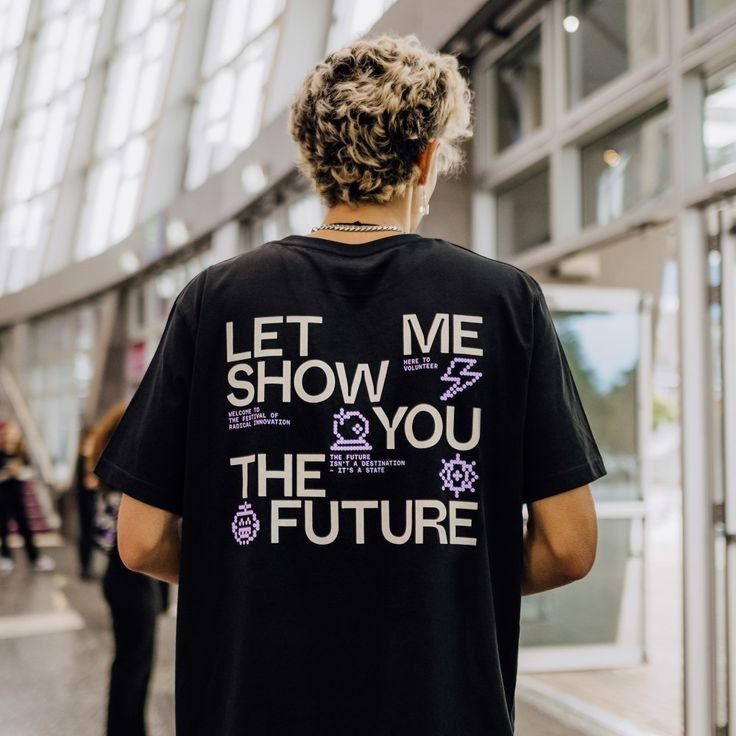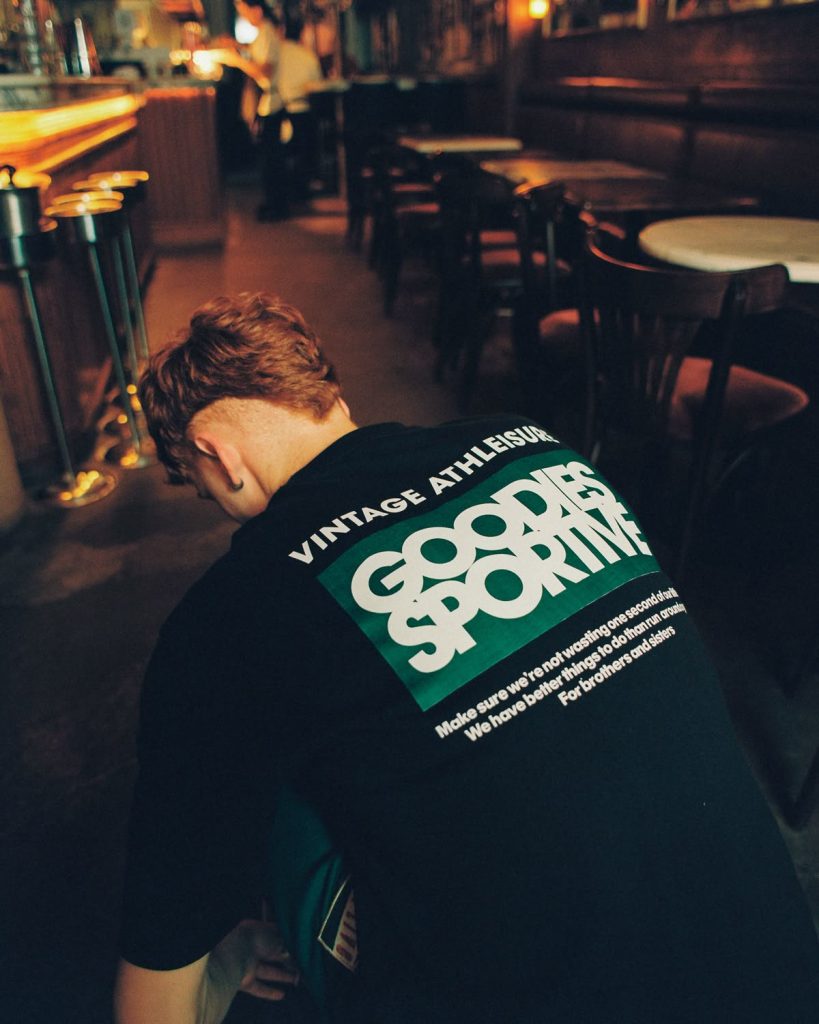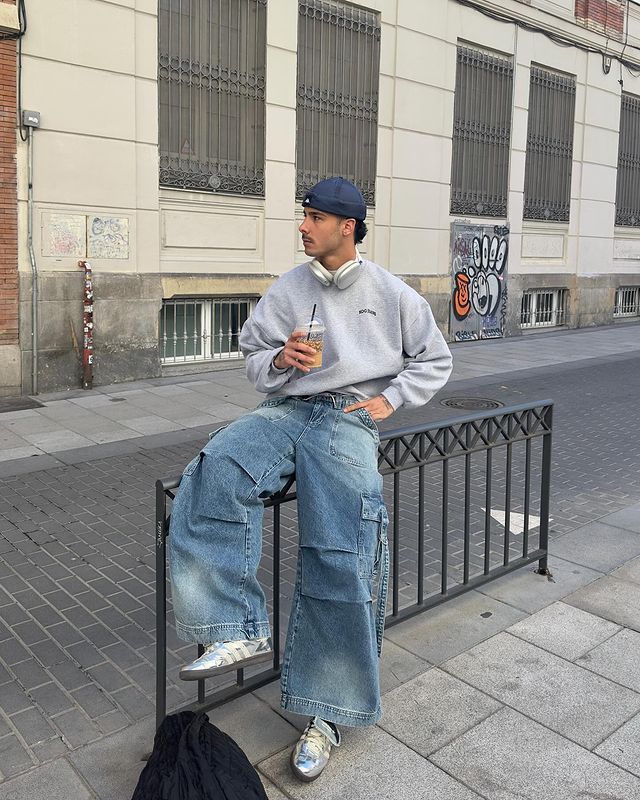Introduction
Fashion has never been a static phenomenon; it is a living, breathing expression of who we are and how we see ourselves in the world. What began as a purely functional necessity—to shield the body from the elements—has transformed over centuries into an intricate language of style, creativity, and cultural identity. Every garment we wear carries a story, from its initial concept on a designer’s sketchpad to the final moment it becomes part of our wardrobe. The evolution of clothing is not only about shifting silhouettes and fabrics but about the way fashion reflects and shapes individual and collective identity. In this journey, we will explore how the ideas behind clothing have shaped global style trends, personal expression, and the very meaning of self-presentation.
The Origins of Clothing as Function and Protection
The earliest stages of clothing were rooted in survival. Animal skins, woven fibers, and rudimentary stitching techniques provided warmth, safety, and mobility. These primitive garments were the starting point of a long transformation, where necessity slowly intertwined with artistic expression. Ancient civilizations began to incorporate symbolic meanings into their dress, using colors, shapes, and adornments to communicate status, power, and cultural belonging. Over time, garments were no longer just barriers against nature—they became markers of human progress, social hierarchy, and innovation.
From Utility to Aesthetic Expression
As societies developed, clothing evolved beyond its utilitarian role. In the courts of ancient empires, elaborate robes, embroidered tunics, and jewel-encrusted accessories symbolized authority and influence. Trade routes introduced new textiles such as silk, linen, and cotton, sparking the birth of fashion as an art form. Tailoring techniques became more sophisticated, and the idea of dressing for aesthetic pleasure emerged. The transition from utility to adornment marked a turning point, making fashion a visible reflection of values, traditions, and aspirations.
The Influence of Cultural Exchange on Fashion Identity
Global trade, migration, and exploration played an enormous role in shaping the way people dressed. The exchange of fabrics, dyes, and craftsmanship techniques blurred cultural boundaries and created new hybrids of style. For example, Asian silk weaving influenced European court fashion, while African prints and patterns brought vibrant energy to modern urban wear. Each exchange was more than a material trade—it was a transfer of ideas, identities, and narratives. Clothing became a cross-cultural dialogue, carrying the stories of distant lands into everyday life.
Fashion as a Mirror of Social Change
Throughout history, what we wear has been deeply tied to social movements and political shifts. The women’s suffrage movement embraced practical clothing to challenge restrictive norms. Youth subcultures of the 20th century used style to rebel against authority and express individuality. Streetwear emerged as an expression of community pride and creative resistance. Fashion has served as both a mirror and a catalyst for social change, helping to redefine gender roles, class distinctions, and cultural identity.
Technology and the Transformation of Style
The Industrial Revolution introduced mass production, making clothing more affordable and accessible. In the 21st century, technology has once again transformed fashion through digital design tools, 3D printing, and smart fabrics. Social media has accelerated the pace of trends, giving rise to micro-aesthetics and allowing anyone with an internet connection to influence style on a global scale. Technology has blurred the line between designer and consumer, enabling collaborative creation and personalized fashion experiences.
The Rise of Sustainable and Ethical Fashion
As environmental awareness grows, fashion is experiencing another identity shift—one rooted in responsibility. Sustainable materials, ethical sourcing, and slow fashion movements are challenging the industry’s wasteful habits. Consumers now seek garments that align with their values, choosing quality over quantity and embracing vintage, recycled, and locally made pieces. The emphasis on sustainability reflects a deeper understanding that clothing is not disposable—it is a lasting expression of personal and collective identity.
Personal Style as a Form of Self-Definition
While fashion trends ebb and flow, personal style remains a constant force in identity formation. People use clothing to project confidence, connect with communities, and express individuality. From tailored suits to experimental streetwear, every choice of fabric, cut, and color speaks to how a person wants to be perceived. Fashion becomes a visual biography, recording chapters of life through evolving tastes and shifting aesthetics.
Conclusion
The journey from idea to identity in fashion is a story of transformation—where raw concepts, cultural influences, and personal choices converge to shape the garments we wear. From ancient necessity to modern self-expression, clothing has evolved into a language that speaks without words. Each outfit we choose is a statement about who we are, where we come from, and what we value. As fashion continues to adapt to technological innovation, environmental consciousness, and shifting cultural landscapes, one thing remains constant: what we wear will always be more than fabric—it will be an intimate reflection of our evolving identity.




